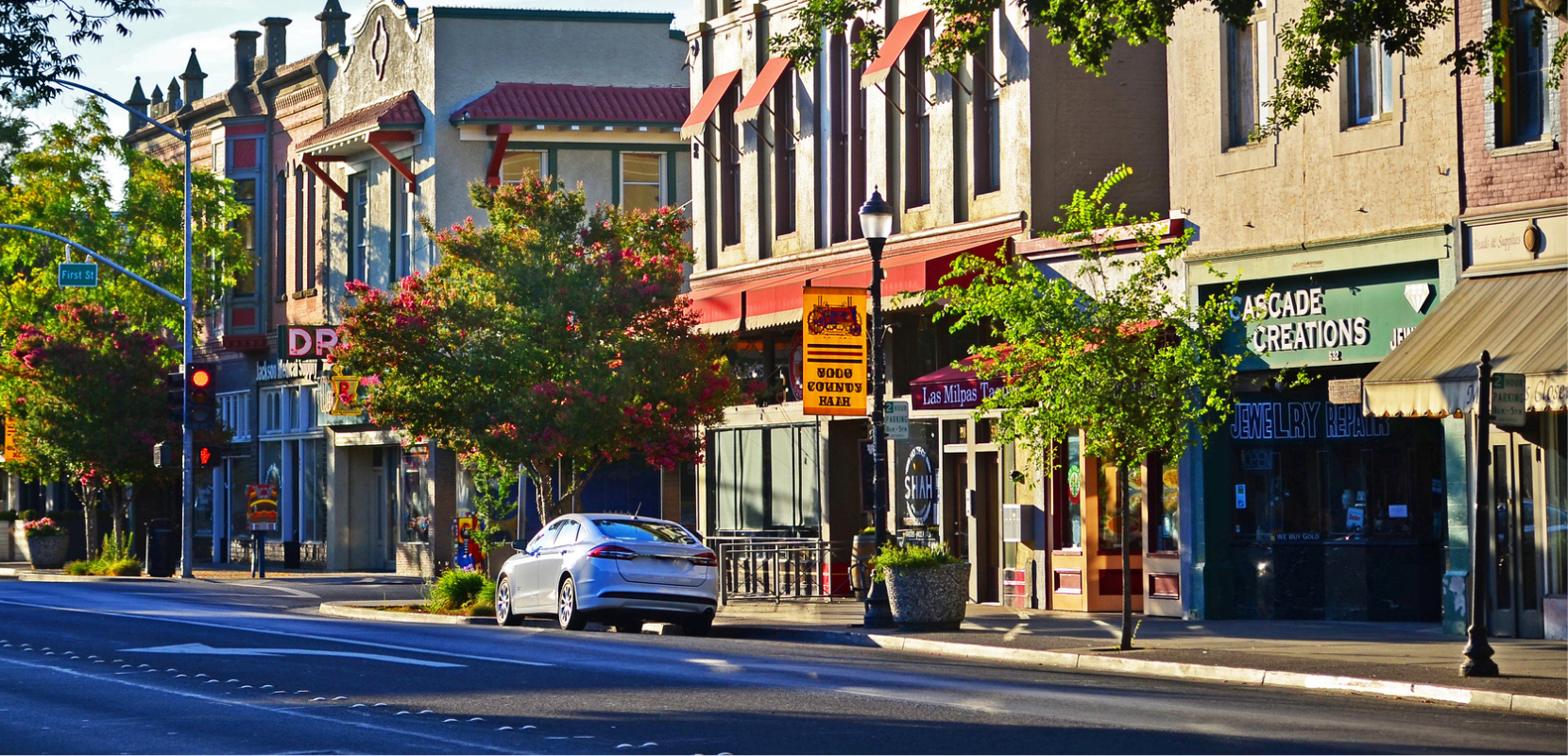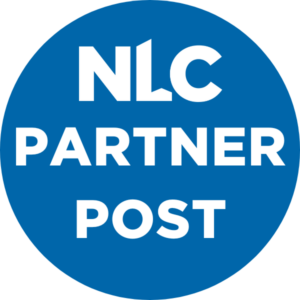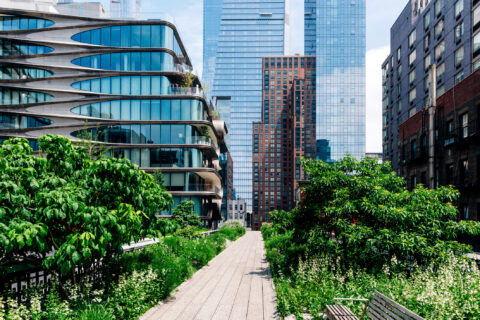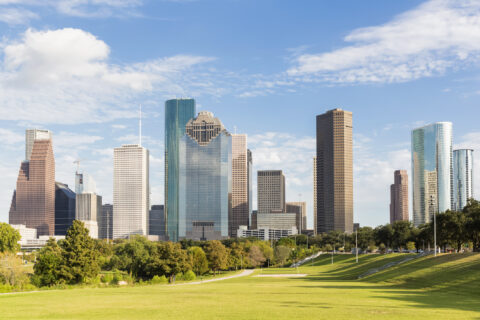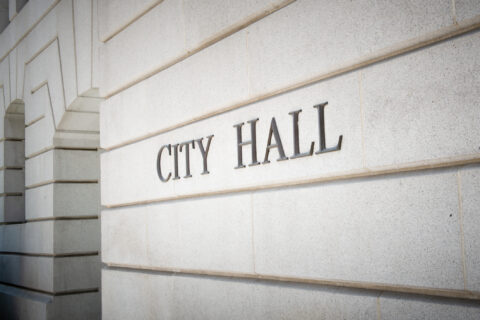Exploring how housing can support the viability of main streets and commercial districts.
Main streets and commercial districts have long been the heart and soul of towns and cities where commerce, community, and connections converge. From cafés to clothing boutiques, these neighborhoods embody local identity, offering a distinctive sense of place. However, in many communities, these once-vibrant spaces face challenges. Declining foot traffic, rising rents, remote/hybrid work, and competition from online retailers have contributed to the fading of many beloved main streets. Here, we spotlight an effective strategy that can fundamentally transform these essential spaces: housing.
The Economic Benefits of Housing on Main Streets
Housing revitalizes main streets primarily through increased foot traffic. Residents living near commercial areas naturally frequent local shops, restaurants and services. The convenience of amenities within walking distance encourages residents to spend more time and money locally, which benefits local businesses and entrepreneurs.
As foot traffic increases, commercial property owners are more likely to invest in the upkeep and improvement of their buildings, leading to higher property values and an improved overall aesthetic. This was the experience of residents in Sylvania, Ohio, where local business owners credit the opening of a new apartment complex for spurring their downtown resurgence.
Strengthening Community Ties
Housing near main streets fosters vibrant, connected neighborhoods by encouraging residents to work, shop and socialize locally. These interactions create a sense of belonging and community. Ensuring long-term residents can remain in their neighborhoods despite new development further strengthens these ties.
Affordable housing plays a crucial role in mitigating gentrification and preventing displacement. It enables essential workers, like teachers and healthcare providers, to live near their jobs, enhancing resilience during crises.
Accessible, affordable housing also supports diversity, enriching local culture and attracting businesses and investors while fostering social cohesion.
Balancing affordable and market-rate housing allows cities to preserve their neighborhoods’ diversity and character while addressing the needs of all residents — seniors, students, young families, multigenerational households, and unhoused individuals alike, as noted in the At Home on Main Street report.
Repurposing Underutilized Spaces
Many main streets across the country struggle with underutilized or vacant spaces, often in the form of aging commercial buildings or empty lots. Housing development provides an opportunity to revitalize these areas, transforming them into vibrant, mixed-use spaces that combine residential units with commercial storefronts.
This approach is especially valuable in older urban areas where affordable housing is scarce, allowing cities to expand housing supply without altering their physical footprint, all while preserving their charm and character. In many cases, these developments can also help preserve historic buildings, maintaining the cultural heritage of the community while adapting to modern needs.
Take Sylvania’s neighbor, Toledo, Ohio, which has seen increased demand for downtown housing in recent years. More than $2 billion has been invested in Downtown Toledo with an emphasis on beautification, walkability, and of course, housing. Projects to revitalize historic buildings such as the Wonderbread Building and the Nicholas and Spitzer skyscrapers aim to preserve the city’s heritage, while contributing toward its goal of adding 10,000 housing units over ten years. These efforts have also attracted major investments from companies like Amazon, Stellantis and General Motors, boosting the city’s economy.
Mixed-use developments create integrated urban environments where residents enjoy the convenience of nearby shops and services, and businesses thrive with a built-in customer base. While tourism-dependent districts can struggle during downturns, communities with residential cores maintain stability even during challenging times, which ultimately enhances the functionality and appeal of revitalized main streets.
Sustainability and Quality of Life
Repurposing underutilized spaces also advances sustainability. A 2022 Main Street America survey found two out of every three Main Street manager respondents have vacant upper floors in commercial buildings. Adhering to the adage the greenest building is the one that already exists, making use of what’s already built makes sense for buildings, for the building owners’ bottom line, and for the environment.
When new construction is necessary, cities like Sault Ste. Marie, Michigan, demonstrate sustainable approaches. The Osborn Commons, a 65-unit mixed-income development, exemplifies thoughtful urban design. Located in the downtown area and within walking distance of essential services, the project earned LEED Gold certification by prioritizing sustainable design and community connectivity.
Compact, mixed-use neighborhoods also reduce long commutes, easing traffic and lowering greenhouse gas emissions. Walkable, bike-friendly neighborhoods not only promote sustainability but also enhance residents’ health and quality of life.
Policy Considerations and the Path Forward
Revitalizing main streets through housing requires strategic policy interventions. Cities must reexamine and to enable mixed-use development, incentivize affordable housing,
Public-private partnerships can play a significant role in driving these changes. Local governments, developers and community organizations can work together to identify underutilized properties, secure funding, and create development plans that benefit both residents and businesses.
The City of Emporia, Kansas, was one of just three communities chosen to receive a share of the $2 million U.S. Department of Housing and Urban Development (HUD) Hope VI Main Street Program. In partnership with Emporia Main Street and property owner Ben Moore Studio, they will use the $500,000 award to convert a downtown commercial building into seven housing units. The city will be leveraging other financial support, including Rural Housing Incentive District and historic tax credits to get this project off the ground, demonstrating how collaborative efforts can unlock revitalization.
Additionally, infrastructure improvements—such as better public transportation, pedestrian-friendly streetscapes, and green spaces—are essential to creating livable, attractive neighborhoods around main streets.
What’s Next for Cities?
Main streets and commercial districts are essential to the economic, cultural and social vitality of communities. By integrating housing into these areas, cities can create a more vibrant, resilient and inclusive future. Housing is not just about shelter; it’s about creating places where people want to live, work and connect. In doing so, it supports the businesses and spaces that make our main streets special, ensuring their viability for generations to come.
Join the NLC Inclusive Entrepreneurship & Economic Development Network
Join the conversation on LinkedIn for peer-to-peer learning, knowledge sharing and tailored NLC team support.
